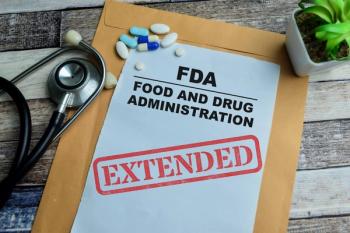
Staged flap creation, ablation preferred for LASIK correction of high astigmatism post-PK
Lisbon, Portugal - LASIK is an effective tool in the management of high astigmatism after penetrating keratoplasty (PK). Furthermore, a two-step technique may be preferred over a one-stage procedure because it allows for better evaluation of refractive changes induced by the keratectomy, said Ahmed Galal, MD, PhD.
Lisbon, Portugal - LASIK is an effective tool in the management of high astigmatism after penetrating keratoplasty (PK). Furthermore, a two-step technique may be preferred over a one-stage procedure because it allows for better evaluation of refractive changes induced by the keratectomy, said Ahmed Galal, MD, PhD.
Dr. Galal, VISSUM Instituto Oftalmologica de Alicante, Spain, presented the results of a prospective, consecutive observational study comparing one- and two-step LASIK procedures in a total of 22 eyes. All of the surgeries were performed at least 3 to 6 months after suture removal and only if the eye demonstrated stable topography. The same microkeratome and laser were used for all procedures. For the two-step technique, there was a 3-month delay between flap creation and the laser treatment.
Visual recovery was similar in the two groups, although there was a slight benefit for best-corrected visual acuity and uncorrected visual acuity in the two-step group. Notably, however, analysis of change in cylinder showed the mean amount of astigmatism correction was greater using the two-step versus one-step procedure, –4.4 versus –2.4 D, respectively.
“Among eyes treated with the two-step technique, the flap creation itself induced a change in cylinder that ranged up to 5 D, and in one case, the LASIK ablation was not performed because the lamellar cut improved the entire astigmatic error,” Dr. Galal said.
Newsletter
Don’t miss out—get Ophthalmology Times updates on the latest clinical advancements and expert interviews, straight to your inbox.









































